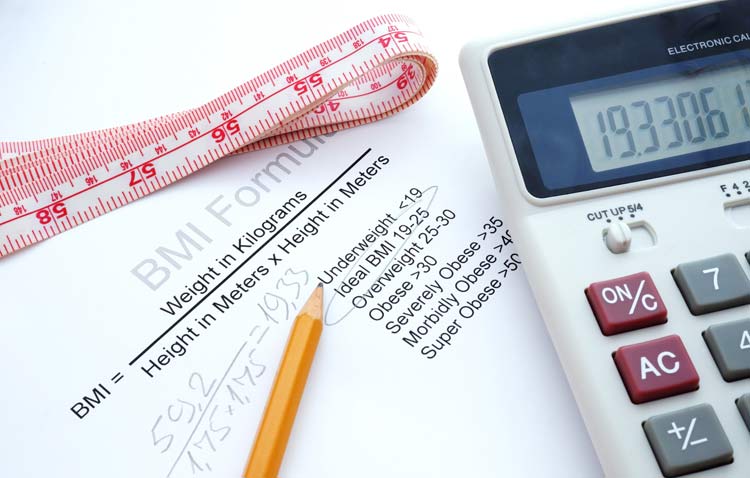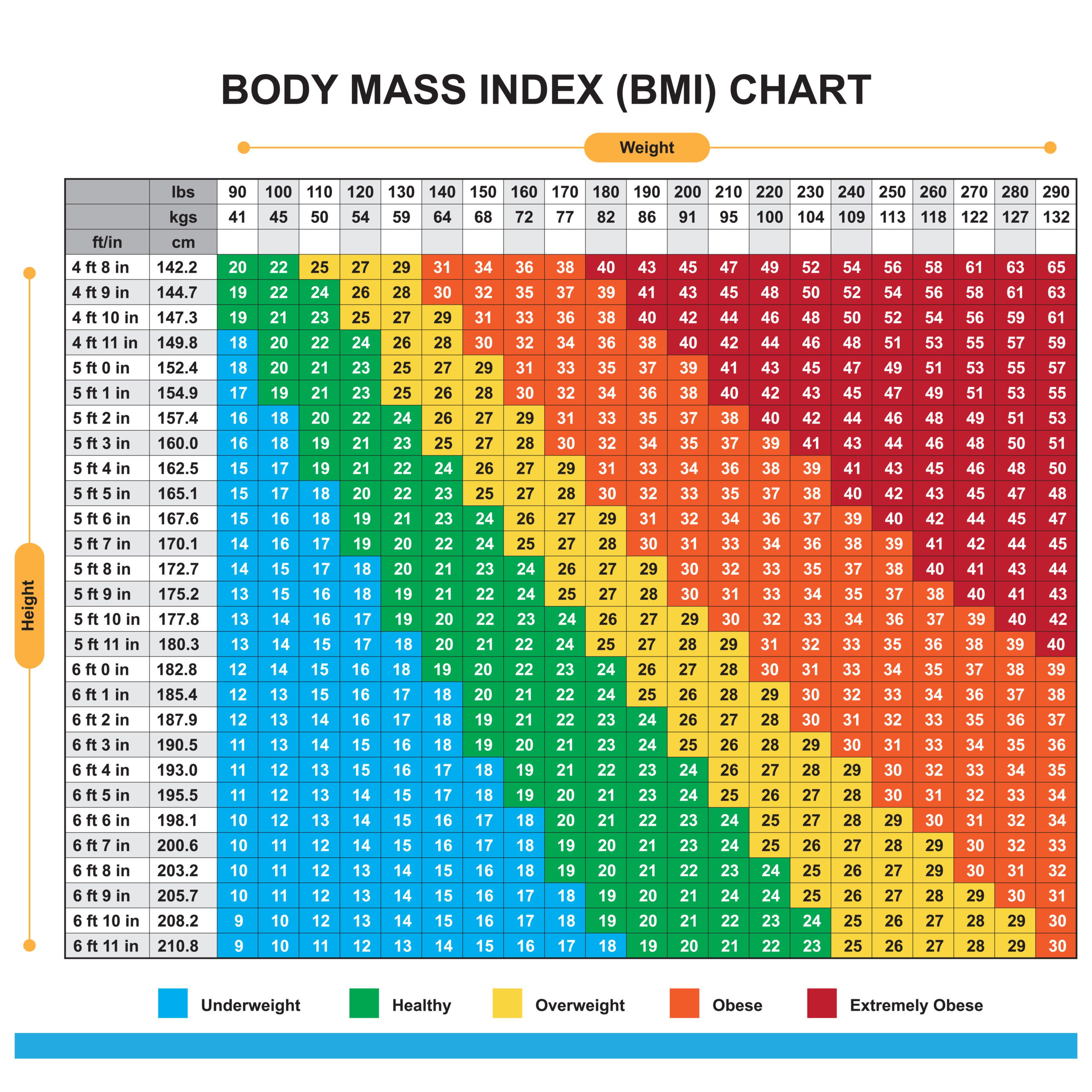

Strongly correlated with body fat in adults as measured by the most accurate methods.It’s the circumference of the abdomen, measured at the natural waist (in between the lowest rib and the top of the hip bone), the umbilicus (belly button), or at the narrowest point of the midsection. Waist circumference is the simplest and most common way to measure “abdominal obesity”-the extra fat found around the middle that is an important factor in health, even independent of BMI. At the same BMI, women have, on average, more body fat than men, and Asians have more body fat than whites.Not as accurate a predictor of body fat in the elderly as it is in younger and middle-aged adults.Indirect and imperfect measurement-does not distinguish between body fat and lean body mass.Hundreds of studies show that a high BMI predicts higher risk of chronic disease and early death.Strongly correlated with body fat levels, as measured by the most accurate methods.Standardized cutoff points for overweight and obesity: Normal weight is a BMI between 18.5 and 24.9 overweight is a BMI between 25.0 and 29.9 obesity is a BMI of 30.0 or higher.(Adapted from ( 1)) Body Mass Index (BMI)īody mass index (BMI) is the ratio of weight to height, calculated as weight (kg)/height (m 2), or weight (lb)/height (in 2) multiplied by 703. Here is a brief overview of some of the most popular methods for measuring body fat-from basic body measurements to high-tech body scans-along with their strengths and limitations. Several methods can’t be used in children or pregnant women, due to safety concerns, or are less accurate in people who are very overweight.More sophisticated methods, such as magnetic resonance imaging or dual energy X-ray absorptiometry, are so-called “reference measurements”-techniques that are typically only used in research studies to confirm the accuracy of (or as scientists say, to “validate”) body measurement techniques.The BMI and other so-called “field methods”-among them, waist circumference, waist-to-hip ratio, skinfold thicknesses, and bioelectrical impedance-are useful in clinics and community settings, as well as in large research studies.Doctors can easily calculate BMI from the heights and weights they gather at each checkup BMI tables and online calculators also make it easy for individuals to determine their own BMIs.

The most basic method, and the most common, is the body mass index (BMI).What’s the best way to determine whether a body is fat or fit? Body fat can be measured in several ways, with each body fat assessment method having pros and cons. From Calipers to CAT Scans, Ten Ways to Tell Whether a Body Is Fat or Lean


 0 kommentar(er)
0 kommentar(er)
